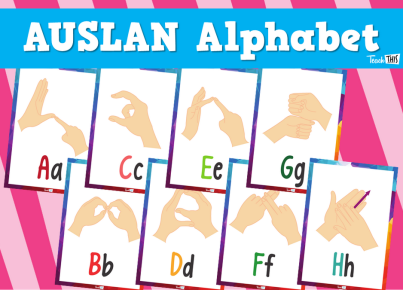This is the design of distinct sounds in language which explains how the several sounds come together to form words, as well as the consequence of pitch, stress, and juncture on the particular language in question. In other words, it’s a system that works with how sounds function in a particular language. This means a phonological system determines which are the phonemes of a specific language. Thus, such a system can be called the group of phonemes of a specific language.
For students, phonological awareness is crucial for spelling and reading any alphabetic writing system. According to research, problems related to phoneme awareness and other phonological proficiencies indicate poor reading and spelling development.
An important element in a phonological system is the group of sound distinctions (or “phonemic” oppositions) that native speakers use to convey differences of meaning. Though several sound differences are adequately perceptible to non-natives, native speakers may often consider them irrelevant variations triggered by the speaker’s voice or reasons that may affect it (for instance, as merely “phonetic” differences) and don’t use them to differentiate between meanings. An example could be the difference between “q” and “ch,” which is phonemic in Chinese, but not in Spanish or English.
The phonotactic rules of a language play decisive roles with respect to the combinations of phonemes that yield possible syllables. For instance, in Chinese, /p’/, /p/, /k’/, /l/ /t’/, etc., can’t be the final syllable, whereas /n/, /ng/, /r/ can. However, /ng/ can’t initiate a syllable, though most consonants can. Again, syllable-initial groups, such as /str/, /tr/, etc., are possible in English, but not in Chinese.
Tone melodies (intonation) in a phonological system play a crucial role. In case an individual is a trained musician or phonetician, he can find out the musical intervals between syllables and even the amplitude of the oscillations. In tonal languages like Chinese, intrasyllabic tone oscillations, which are phonemic, determine the differences of meaning (say, shi4/shi2, etc).
Some languages also use stress and tone to express differences in meaning. For example, the same sentence can have different meanings depending on which word is stressed. A sentence to consider could be:
John didn’t say Jack stole the money.
When the second word (didn’t) is stressed, it emphasizes that though the listener thinks John blamed Jack as the person who stole the money, he actually didn’t say it.
Again, if the word stole is stressed, it could mean that perhaps Jack borrowed the money and didn’t steal it.




